Oculus's Dash and Home is much cooler than Microsoft's Cliff House
3 min. read
Published on
Read our disclosure page to find out how can you help MSPoweruser sustain the editorial team Read more

At their Oculus Connect conference, today Oculus announced Rift Core 2.0, a complete overhaul of Rift’s core experience.
Rift Core 2.0 is designed from the ground up to be more powerful, more intuitive, and more personal, and features a new Dash and fully redesigned Home.
Dash is a radically redesigned system interface that opens up new possibilities for VR and immersive computing.
It rolls up all of Rift’s existing menus and UI into a central hub that’s instantly accessible from anywhere in VR—all built natively for Touch.
Dash runs as an overlay inside your current VR experience, so you’ll be able to quickly switch from one app to the next, open your library, connect with friends, and even use the rest of your PC without any extra steps. Not only does this make VR more intuitive and convenient, it also lets you multitask like never before—a huge plus for creators and developers who use VR while they work.
Because Oculus built true virtual displays at the hardware level, users can run multiple apps and windows, all with full graphic fidelity and performance. Users can peel off individual windows, place them anywhere, and easily resize and move them for an infinite workspace. Developers can even debug their VR apps while inside them, using Visual Studio, Unity, and Unreal.
Because Oculus can not only access their VR library but any app on your PC, it automatically has a huge step up on Microsoft’s Windows Mixed Reality platform, which is designed to only support UWP apps (but does have access to a desktop window).
Oculus also redesigned Home, which is now a place that reflects your own personality and sense of style.
With Rift Core 2.0, users are able to customize their Home experience—with toys, furniture, artwork, and more that you can place in virtual space as you see fit.
Users can put various in-game achievements on display, and see their library come to life as a collection of retro cartridges that you can actually use to launch apps.
Like Microsoft, Oculus also plans a social element with community and co-presence, letting you hang out, play, and explore with others. To that end, Oculus’s avatars are also getting a visual upgrade.
Oculus is releasing a beta for Rift Core 2.0 as a free update in December and will assess the community’s response then.
Source: Oculus Blog
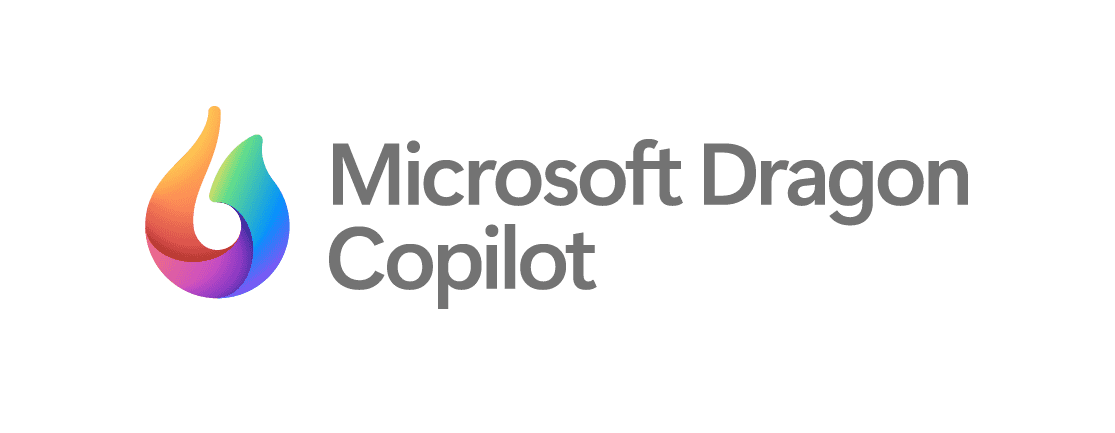

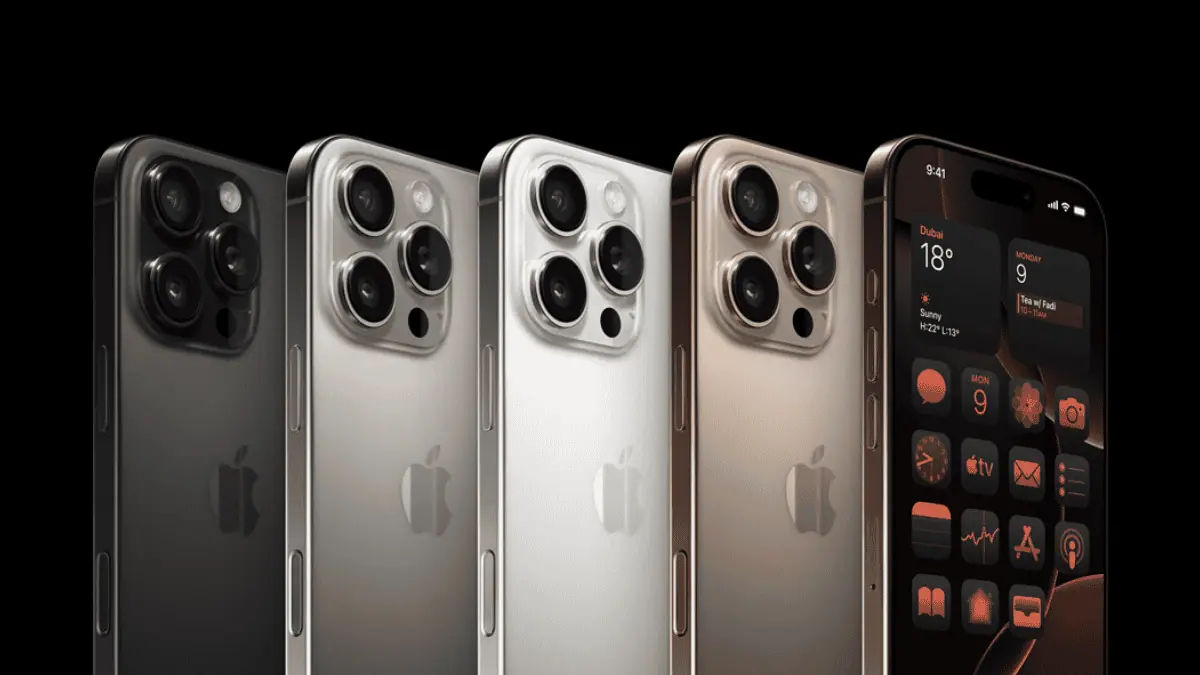
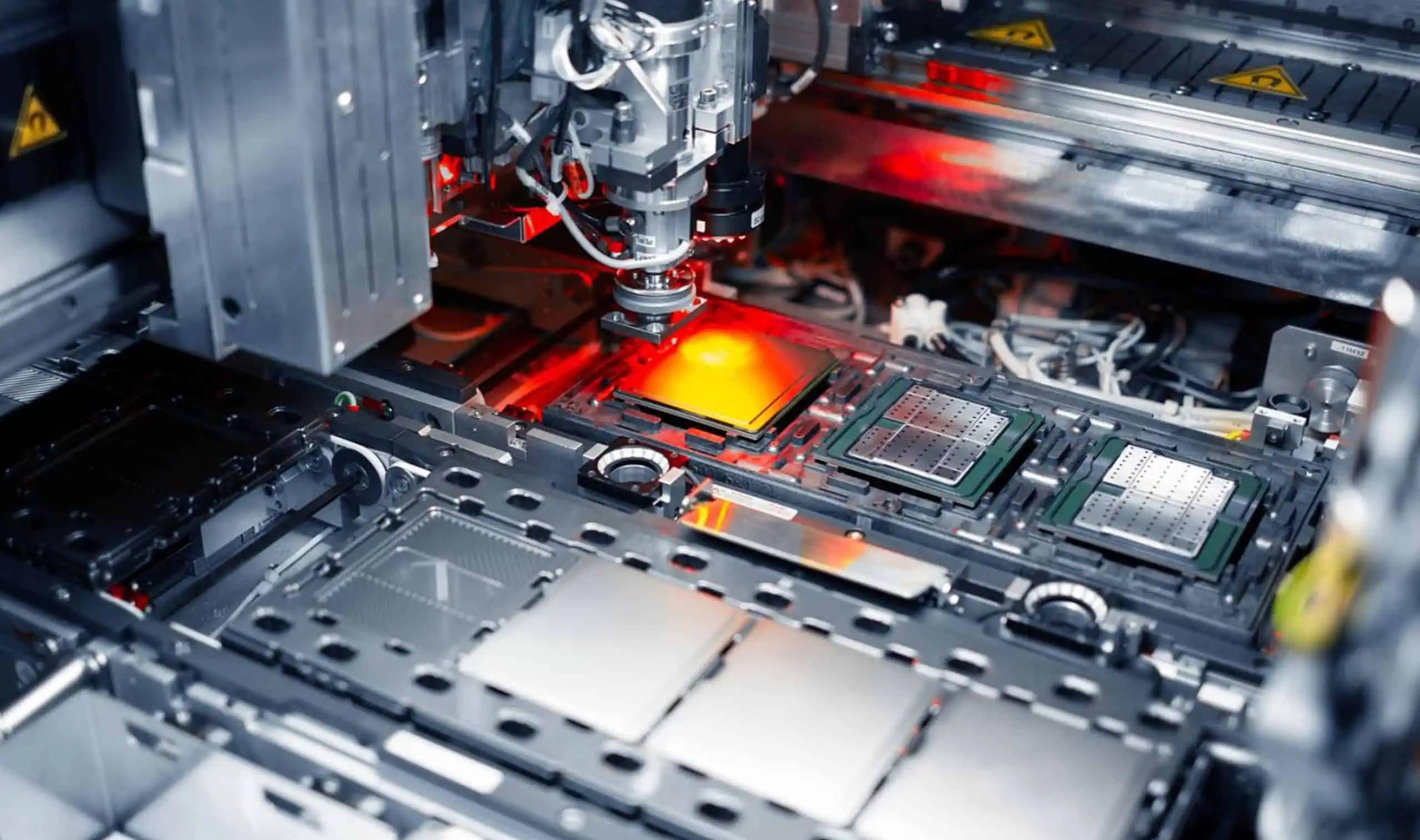
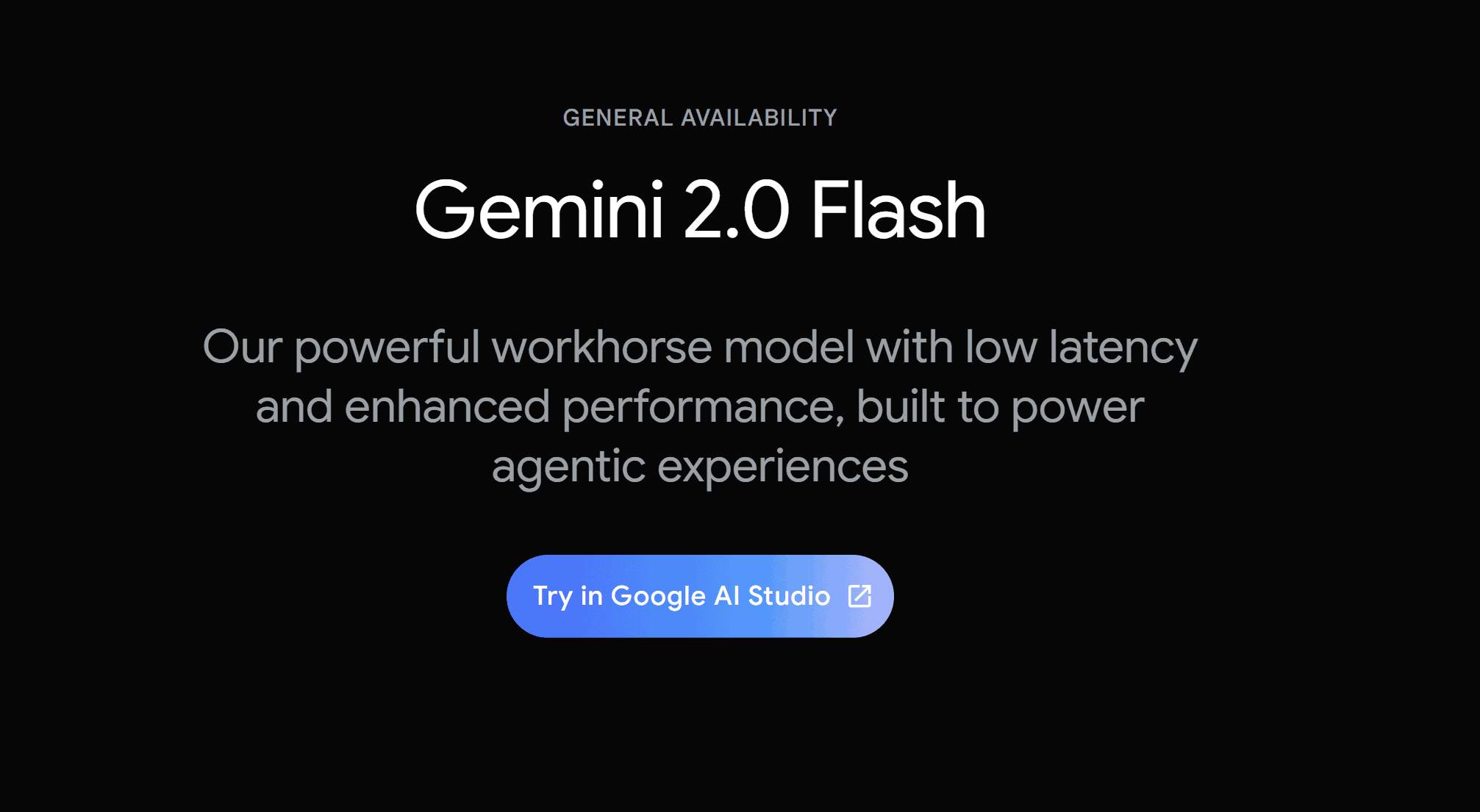
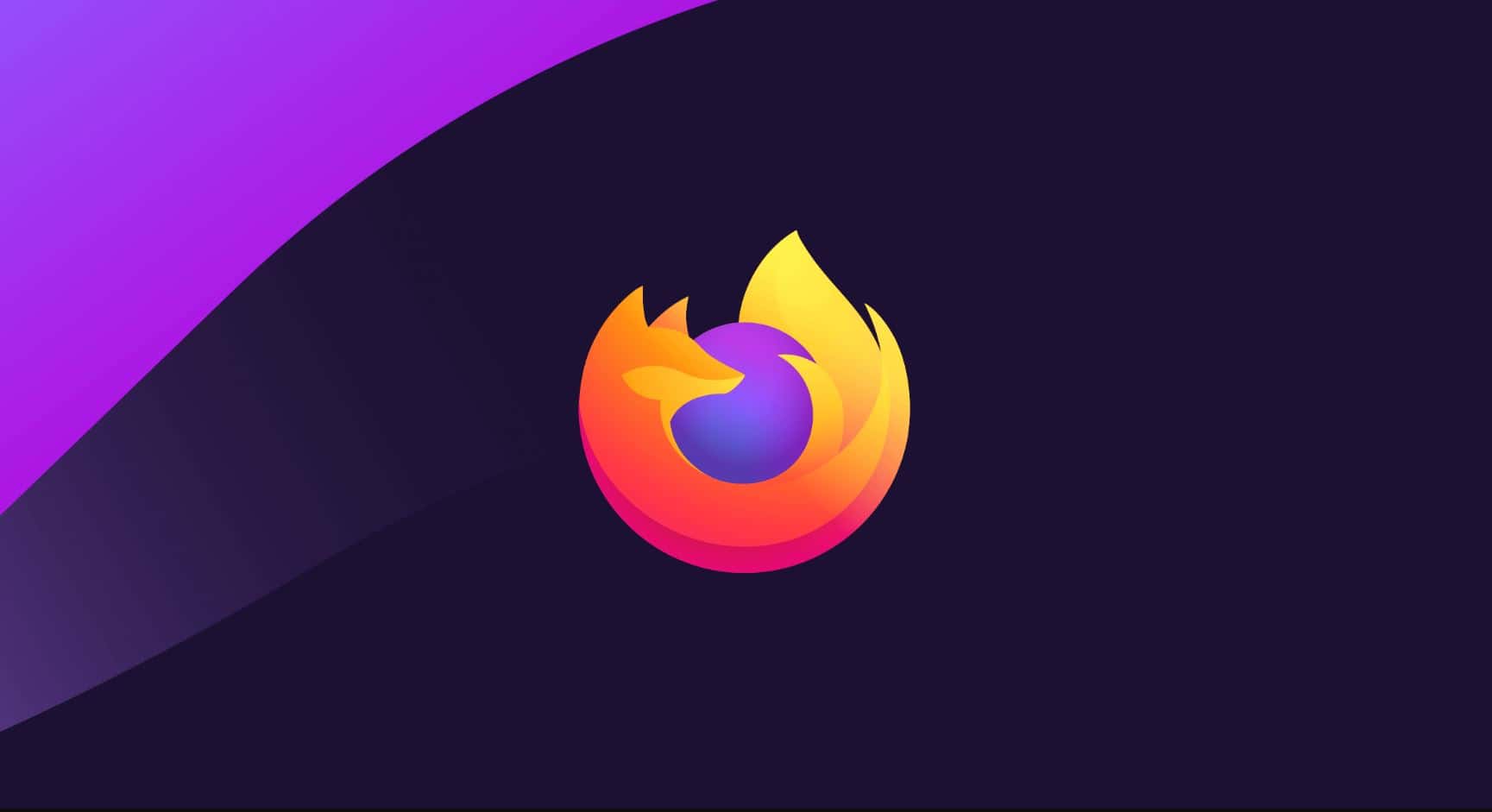
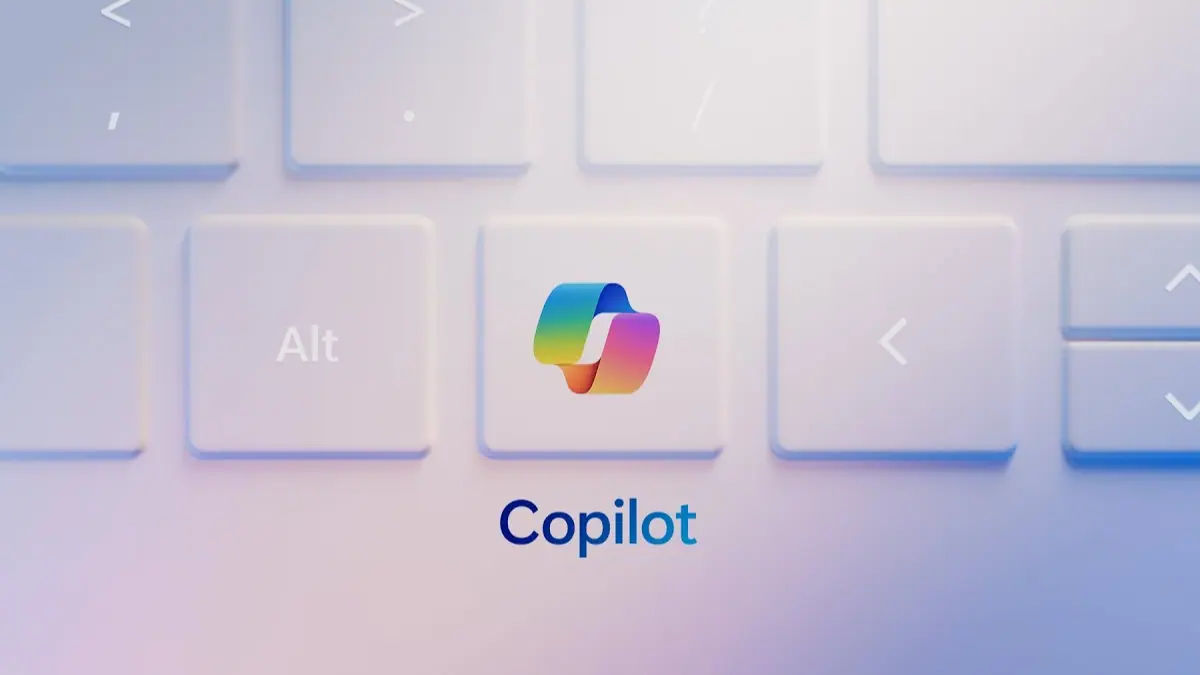
User forum
0 messages